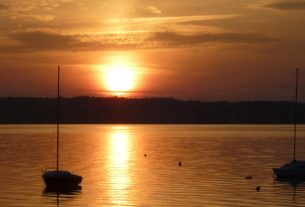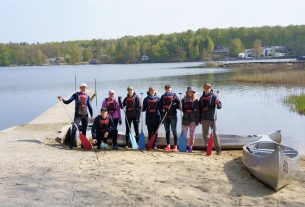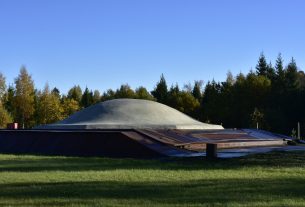LOCATION
Mecklenburg with Rostock, the biggest harbour town in this part of the Baltic Sea, is the historical Obodrite land, the arena of bloody Slavic-Germanic fights at the turn of the 1st and 2nd millennium, as well as area facing a medieval crusade against Pagans, finished with the Christianisation of Mecklenburg in the mid-12th c. Selected sites and facilities show both the traditions – Christian and pre-Christian. Rostock (Pl Rostok) 54°05′N 12°08′E is a recommended tourist base for sightseeing the region.


photo source: own photos.
SIGHTSEEING
Selected sites are situated within 60 km from Rostock. Except the stone circles near Boitin, all places are accessible by car down clearly marked asphalt roads. The Neolithic Dancing Stones from Boitin are situated in the middle of the forest – by a forest dirt road, marked with signposts. It may be impassable after the rain. Radegost (Gros Raden) fort hill is accessible on foot only (a 15-minute walk). The hill fort is a part of a museum, and therefore admission requires a ticket. The working hours of the institution change throughout the year. The admission to the former Cistercian Abbey in Bad Doberan and St Mary’s Church is payable, and the opening hours of both the churches are subject to change throughout the year (usually open between 10 am and 5 pm).
ATTRACTIONS
Mighty St Mary’s Church with its abundant Renaissance and baroque furnishings and the well-known astronomical clock is the sacral pearl of Rostock. St Peter’s Church with a soaring bastille (a recommendable observation site, accessible by the disabled – the lift) reconstructed after the war towers over the eastern part of the old town. Bad Doberan is a Cistercian Abbey and necropolis of the rulers of Denmark and Mecklenburg, founded in the 12thcentury. The interior of the impressive Gothic cathedral features abundant preserved furnishings, from Gothic to baroque ones. Within the area surrounding the temple, some former monastic outbuildings with picturesque ruins of a granary have been preserved. Radegost (Gros Raden), also referred to as Rethra, has been the Radegost-Svarožićworship centre and the main hill fort of the Slavonic Veleti Association until the introduction of Christianity. Today it is the site of an open-air archaeological heritage park with a museum where you can learn about the past of Radegost. The restored castle town by the lake is surrounded by a beautiful beech forest, a relic of the holy forest worshipped by the Veleti. There are also much older, Neolithic stone circles in the middle of the forest, near Radegost. These are the well-known Dancing Stones from Boitin. Scientists claim that they originate from the Iron Age when they served as a place of worship. Moreover, the circles serve as an astronomical clock. On one of the menhirs there are 13 openings which correspond to the lunar months of the year.
INFORMATION SOURCES
Heritage Class: [ C ]Cultural Heritage
Subclass [SR] :BLUE and GREEN believes and religions
WEB PAGES
https://www.petrikirche-rostock.de
http://www.marienkirche-rostock.de
https://bad-doberan-heiligendamm.de
https://www.muenster-doberan.de/index.php/en
http://www.terraner.de/Boitin.htm
https://www.freilichtmuseum-gross-raden.de






